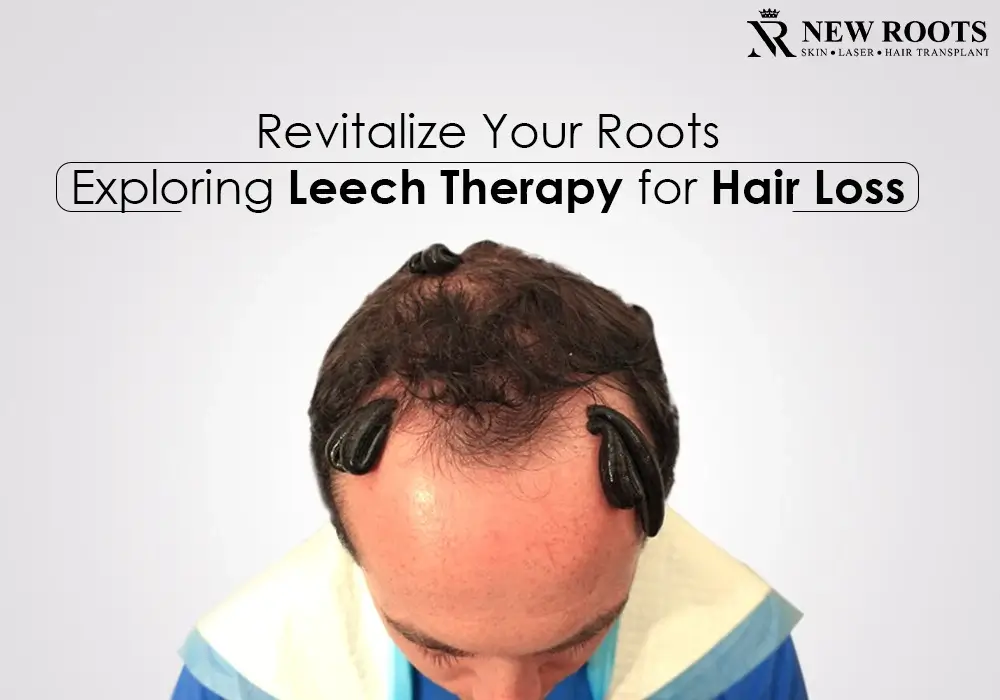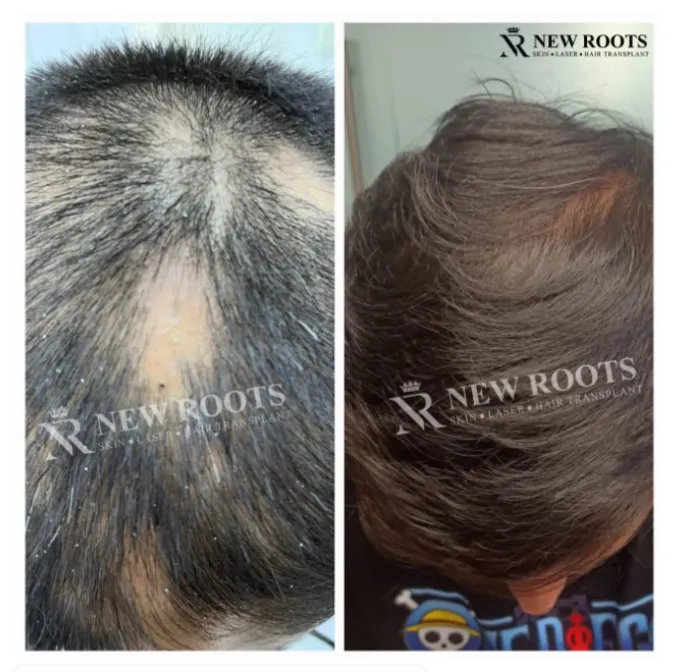Leech Therapy for Hair Loss: Rejuvenating Your Scalp Naturally
Introduction to Leech Therapy for Hair Growth
Leech therapy for hair loss is gaining traction as an alternative treatment rooted in ancient practices.
This unique form of therapy utilizes the medicinal properties of sponges, which release enzymes and proteins that can improve blood circulation and stimulate hair follicles.
For individuals struggling with hair thinning and loss, leech therapy offers a natural approach that contrasts sharply with chemical treatments.
The process involves placing leeches on the scalp, where they help to detoxify the blood and enhance nutrient delivery to hair roots, potentially leading to improved hair growth.
Historical Use of Leeches in Medicine:
The use of leeches in medicine is not new; it dates back thousands of years, with applications ranging from surgery to therapy.
In the context of leech therapy for hair loss, historical practices illuminate how leeches were believed to balance body fluids and promote healing.
The leeches’ saliva contains substances like hirudin that have anticoagulant properties and have been used historically to treat various ailments.
Understanding these historical uses helps modern users appreciate the potential of leeches in promoting scalp health and hair regrowth.
How is Leech Therapy the Choice of Treatment in Alopecia Areata?
Alopecia areata is a common autoimmune disorder characterized by sudden hair loss in patches.
While the exact cause remains unknown, various treatment options exist, ranging from topical medications to immunosuppressive therapy.
Among these, leech therapy has emerged as a unique and increasingly popular choice for managing alopecia areata.
How Leech Therapy Promotes Hair Regrowth:
Leech therapy for hair loss works through several biological mechanisms. When leeches are applied to the scalp, they secrete saliva that contains enzymes promoting blood circulation and reducing inflammation.
This enhanced blood flow can carry more nutrients and oxygen to hair follicles, potentially reversing hair thinning and strengthening the hair roots. Moreover, the anti-inflammatory properties help soothe the scalp and create a healthier environment for hair to grow.
The Science Behind Leech Therapy for Hair Loss:
Scientifically, leech therapy for hair loss has its basis in improving blood circulation and reducing inflammation.
The leeches’ saliva contains beneficial compounds like hirudin and histamine that dilate blood vessels and break down blood clots, improving nutrient and oxygen delivery to the hair follicles.
This process may help revitalize dormant hair cells, encourage new hair growth, and maintain the overall health of the scalp.
Preparing for Your First Leech Therapy Session:
Preparing for your first session of leech therapy for hair loss involves several steps to ensure safety and effectiveness.
It’s essential to consult with a qualified practitioner who can determine the appropriate treatment plan for your specific condition.
Before the session, the scalp must be cleaned and free from any hair products to allow the leeches to attach securely. Being informed about the procedure can alleviate any anxiety and set realistic expectations.
What to Expect During Leech Treatment:
During a leech therapy session for hair loss, live leeches are placed on the scalp at specific points where hair thinning is most evident.
The leeches then attach to the skin and draw blood, releasing their saliva into the bloodstream. The session typically lasts until the leeches detach naturally, taking 30-60 minutes.
While the idea may seem daunting, the process is mostly painless, though some tingling and warmth can be felt due to increased blood flow.
Aftercare Tips: Post-Leech Therapy for Scalp:
Proper scalp care is crucial after a leech therapy session for hair loss. The treated area should be kept clean and dry to avoid any infections. Your therapist might recommend applying a mild antiseptic to facilitate healing.
t’s also essential to monitor the scalp for any signs of adverse reactions and contact a healthcare provider if any complications arise. Regularly caring for your scalp will maximize the benefits of the treatment.
Potential Side Effects of Leech Therapy on Hair:
While leech therapy for hair loss is natural, it’s not devoid of potential side effects. The most common include temporary skin irritation, itching, or swelling at the treatment site.
In rare cases, allergic reactions to leech bites might necessitate medical attention. Ensuring that the therapy is performed by a trained and experienced practitioner can minimize these risks.
Comparing Leech Therapy with Other Hair Loss Treatments:
When considering leech therapy for hair loss, it is helpful to compare it with other treatments like minoxidil, finasteride, or hair transplant surgeries.
Unlike these treatments, leech therapy is non-invasive and uses natural biological substances to improve hair health. Each treatment has pros and cons, and the choice often depends on individual conditions, preferences, and responses to treatment.
Testimonials: Success Stories of Leech Therapy for Hair Loss
Personal testimonials can provide real-world insight into the effectiveness of leech therapy for hair loss. Many individuals report positive outcomes, noting not only hair regrowth but also improved scalp health and texture.
These success stories can inspire those considering the treatment, offering hope and evidence that leech therapy might be a viable solution to combating hair loss and restoring vitality.
FAQs:





